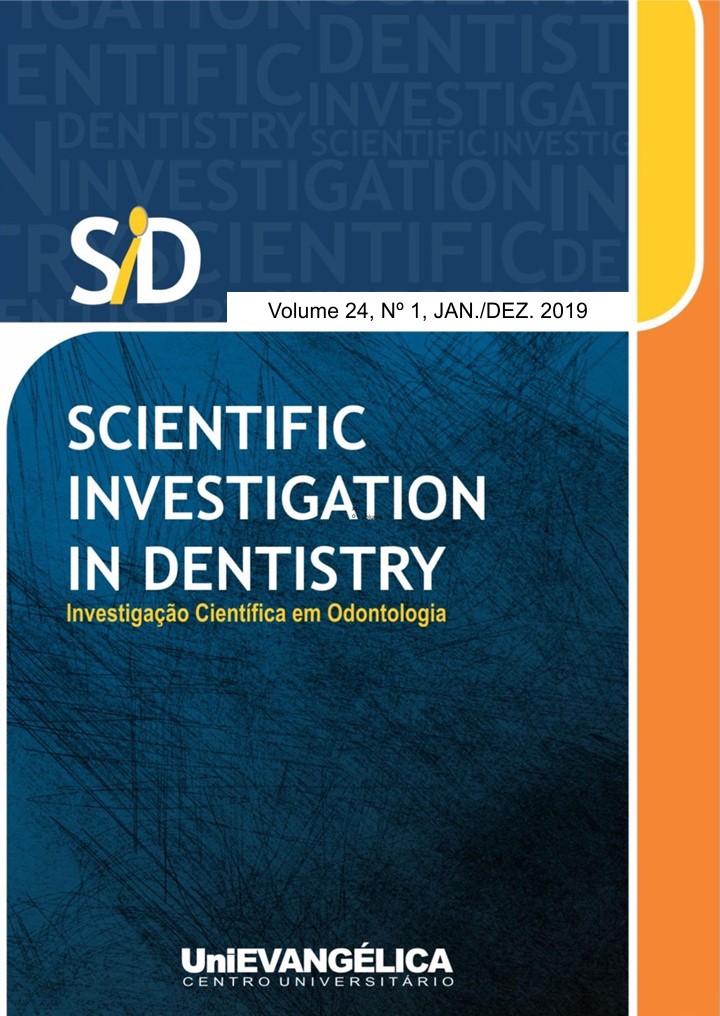Prevalence of types of impaction of third molars in a dental school clinic.
DOI:
https://doi.org/10.37951/2317-2835.2019v24i1.p13-22Abstract
Third molars represent the largest portion of dental retention and the degree of impaction is directly related
to the complexity of tooth extraction. Objective: The present study investigated the prevalence of impaction
in third molars related to the bones of the maxillo-mandibular complex at the Clínica Odontológica de Ensino
of Centro Universitário de Anápolis – UniEVANGÉLICA. Methods: The analysis was performed according to
the Pell and Gregory classifications, which determine the degree of impaction of the dental element and
Winter, which evaluate the angulation of the long axis of third molars. This is an observational research
conducted through radiographic analysis of stored documents of patients treated during the clinical stages
of the 7th and 8th periods and the subject “Advanced Topics in Surgery”, between the years 2015 to 2018.
Results: Using a proposed classification by winter, the vertical position prevailed in 81% of cases in maxillary
elements and 63% of the mandibular elements. Based on the Pell and Gregory classification, position A had
a prevalence of 66% in the mandibular elements and class 1 of approximately 58%. Based on the adaptation
made in the study of Pell and Gregory classification, position A prevailed about 58% in the maxillary
elements. Conclusions: According to the classification of Pell and Gregory, it was concluded in the data
obtained in the study that there was a higher prevalence of position A1 for mandibular teeth and position A
for maxillary teeth. According to the Winter method, the vertical pattern was the most prevalent for both jaws.
Downloads
Published
Issue
Section
License
Declaro que o trabalho de minha autoria foi submetido apenas para este periódico e por isto, não sendo simultaneamente avaliado para publicação em outra revista. Nós autores, acima citados, assumimos a responsabilidade pelo conteúdo do trabalho submetido e confirmar que o trabalho apresentado, incluindo imagens, é original. Concordamos em conceder os direitos autorais ao periódico Scientific Investigation in Dentistry.

